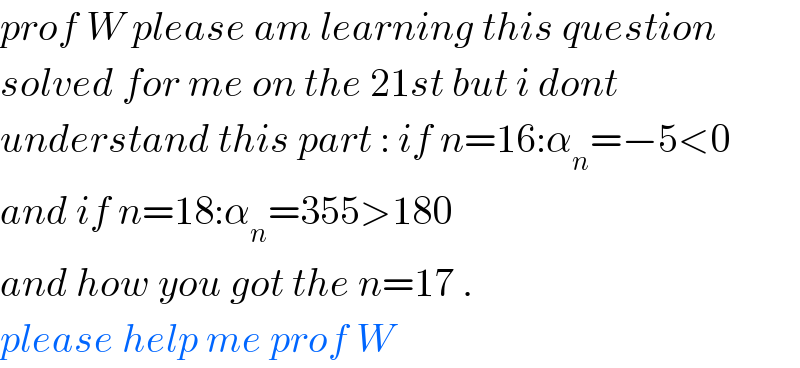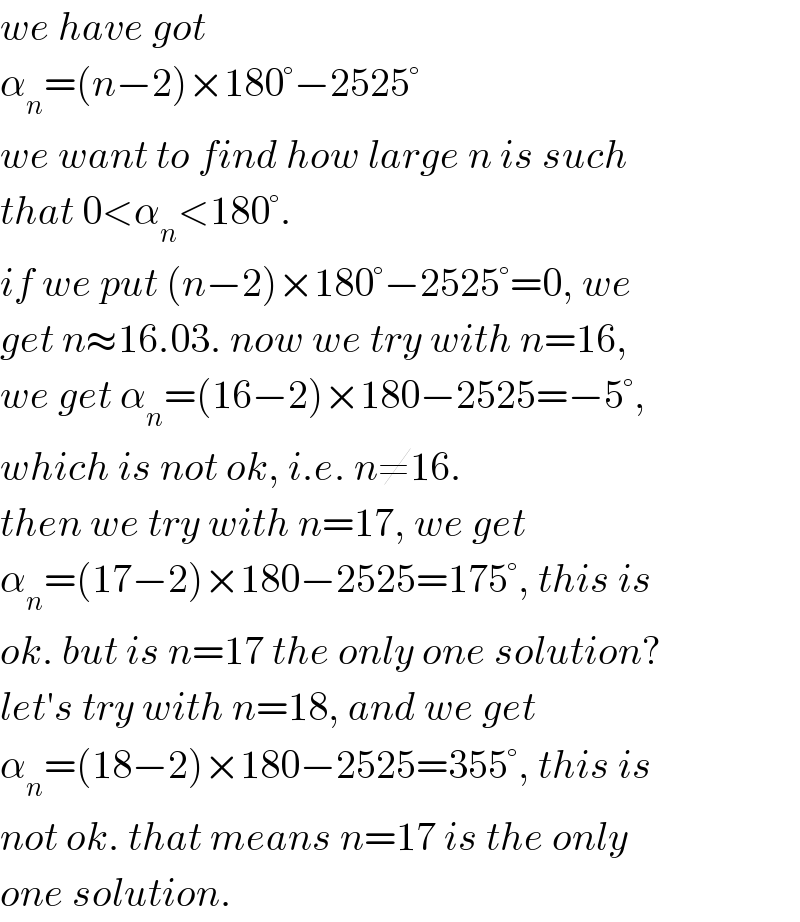
Question and Answers Forum
Question Number 55561 by otchereabdullai@gmail.com last updated on 26/Feb/19

Commented by otchereabdullai@gmail.com last updated on 26/Feb/19

Commented by mr W last updated on 27/Feb/19

Commented by otchereabdullai@gmail.com last updated on 26/Feb/19

